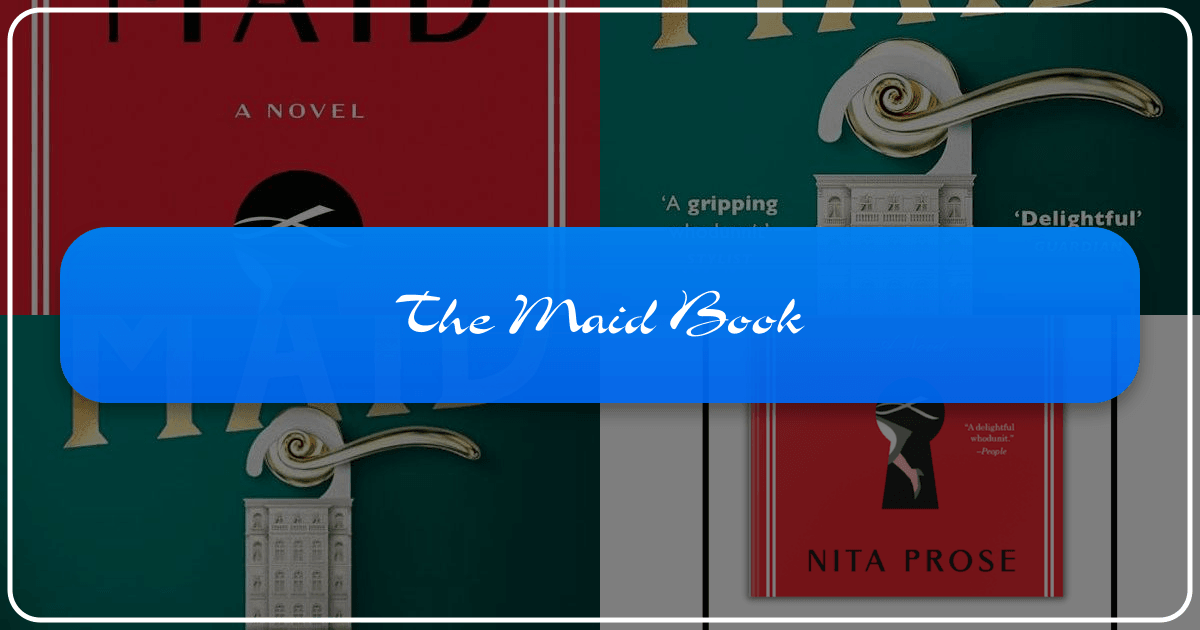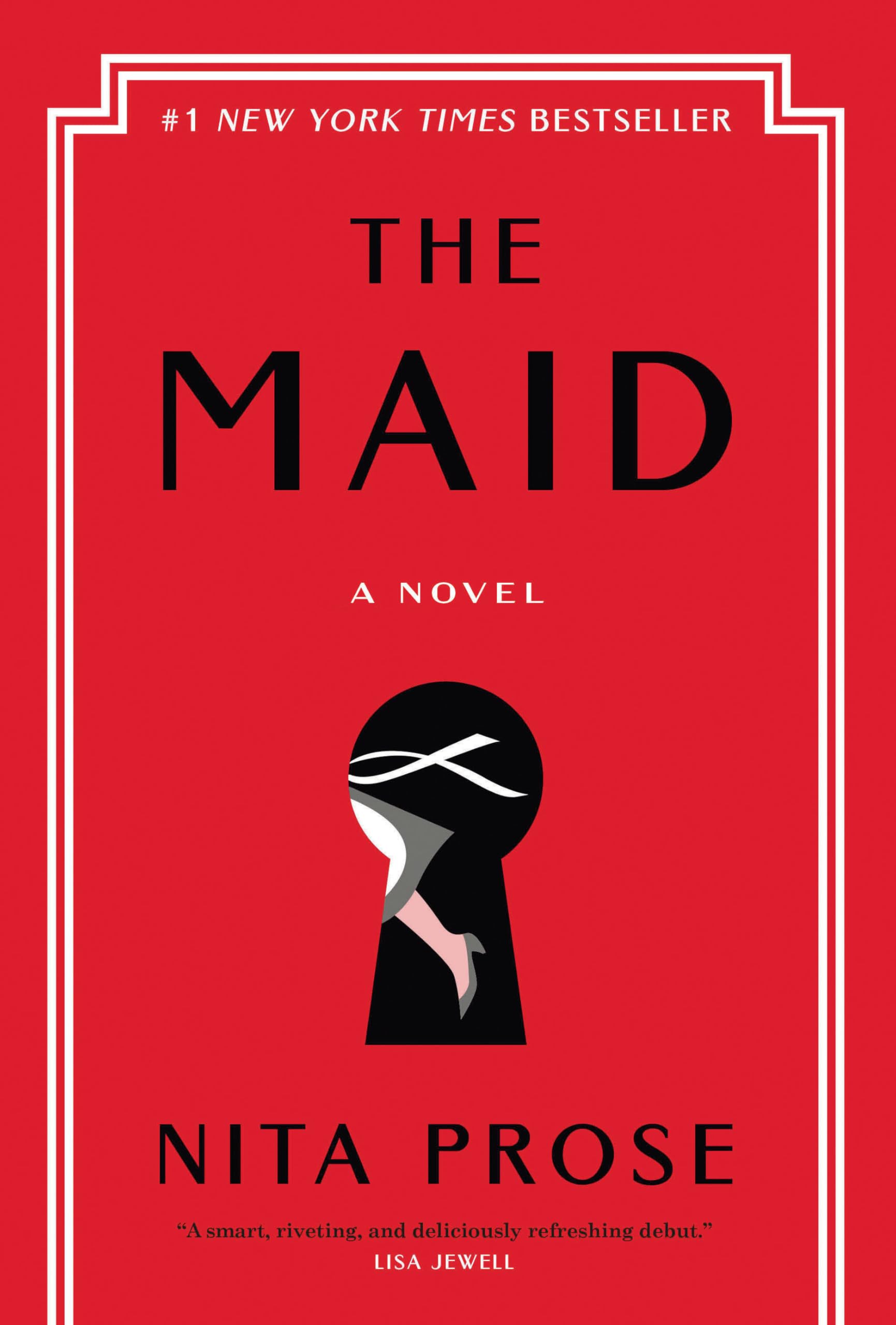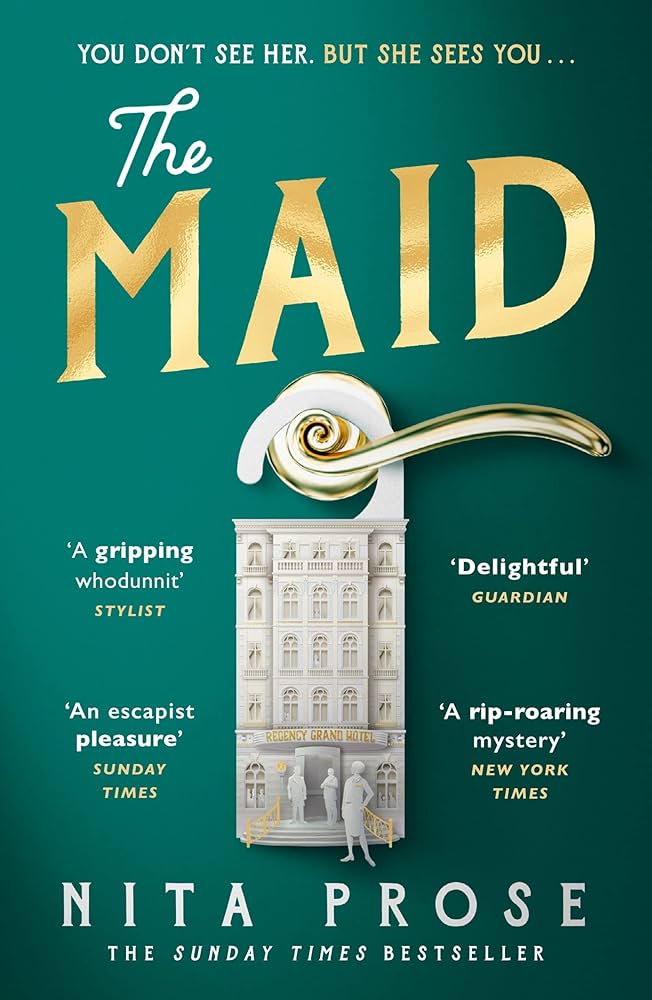The Maid Book: A Deep Dive into Nita Prose's Award-Winning Novel

Nita Prose’s “The Maid” has captivated readers worldwide with its unique blend of mystery, character development, and social commentary. This comprehensive analysis explores the novel’s multifaceted appeal, examining its various aspects through the lenses of genre, authorial style, cultural impact, and the themes it addresses.
The Genre and Narrative Structure of “The Maid”
“The Maid” defies simple categorization. While firmly rooted in the mystery genre, specifically the whodunit subgenre, it transcends traditional tropes. It’s not simply a “locked-room mystery” although it features elements of such a narrative. Instead, it offers a unique perspective, told entirely from the point of view of Molly Gray, a hotel maid with unique social challenges. This first-person narration gives the reader intimate access to Molly’s inner world, her struggles with social interactions, and her unique way of observing and interpreting the world around her.
The narrative structure carefully unfolds the mystery alongside Molly’s personal journey. As Molly investigates the death of a wealthy hotel guest, the reader simultaneously witnesses her growth, her development of friendships, and her gradual self-acceptance. This dual narrative arc creates a satisfying blend of suspense and emotional resonance, enriching the overall reading experience. The mystery itself is cleverly constructed, with red herrings and unexpected twists that keep the reader guessing until the very end. This structure, combined with Molly’s unique voice, makes “The Maid” a refreshingly original addition to the contemporary mystery genre.

The Cozy Mystery Element
While containing elements of suspense and intrigue, “The Maid” also embraces elements of the “cozy mystery” subgenre. The setting, a luxurious hotel, is carefully detailed, creating a sense of place and atmosphere. The characters are well-developed and engaging, each possessing distinctive quirks and motivations. While a murder is central to the plot, the overall tone is not overwhelmingly dark or violent. Instead, there’s a lighter, more whimsical atmosphere that contrasts with the darker aspects of the mystery. The overall resolution, while suspenseful, tends toward a hopeful rather than purely bleak outcome. This balance between suspense and coziness is a significant factor contributing to the novel’s broad appeal.

Nita Prose: Authorial Style and Inspirations
Nita Prose’s background as a book editor significantly informs her writing style in “The Maid.” The prose is clean, precise, and evocative. Prose masterfully crafts Molly’s distinct voice, capturing her unique perspective with a blend of naiveté, humor, and sharp observation. Molly’s narration is both engaging and insightful, allowing the reader to connect with her on an emotional level while also being entertained by her quirky mannerisms and thought processes.
The author’s interview on The Book Report Network sheds light on her inspirations. She credits her experience teaching high school students for influencing her creation of Molly’s character, specifically her resiliency and strength. Prose’s emphasis on the “invisible” service workers in society is evident in the novel. By giving Molly a distinct voice, she challenges readers to see beyond the role of a maid and recognize the inherent humanity in those who are often overlooked. Prose’s attention to detail, reflected in her crafting of Molly’s precise observations about the hotel and its guests, further elevates the novel’s immersive quality.

Prose’s Use of Language and Characterization
Prose’s skill in crafting Molly’s unique voice is particularly noteworthy. Molly’s social awkwardness is not simply a quirk; it’s a defining characteristic that shapes her experiences and relationships. Prose deftly uses language to convey Molly’s perspective, highlighting her challenges in social situations while simultaneously showcasing her intelligence, integrity, and kindness. Her use of humor, often stemming from Molly’s misinterpretations of social cues, enhances the narrative’s engaging quality without trivializing Molly’s struggles. Through meticulously crafted character interactions and Molly’s frank observations, Prose unveils the complexity of human relationships and challenges conventional notions of what constitutes “normalcy”.
The supporting cast of characters also contribute to the narrative’s charm and complexity. Each character is well-defined and plays a critical role in driving both the mystery and Molly’s personal journey. Their relationships with Molly add layers to the story, providing opportunities for humor, support, and emotional depth. The overall effect of Prose’s characterization is a rich tapestry of human experience.
Reading Habits, Educational Value, and Life Lessons
“The Maid” is not only an entertaining read but also a thought-provoking one. The novel offers opportunities for reflection on diverse subjects. The representation of a neurodivergent protagonist is noteworthy, prompting readers to consider neurodiversity and its implications in social and professional settings. The novel encourages readers to examine their own assumptions about people who may seem “different.” Molly’s experiences also invite consideration of the value and often-overlooked contributions of service workers, prompting reflection on our treatment of individuals performing invisible labor.
The book further explores themes of love, loss, friendship, and the search for belonging. Molly’s journey of self-discovery, intertwined with the mystery, offers valuable life lessons and provides a relatable experience for many readers who have felt marginalized or misunderstood. This complex interplay of themes makes “The Maid” more than a murder mystery; it’s a story about human connection and the importance of empathy and understanding.
“The Maid” as a Discussion Starter
The novel’s exploration of neurodiversity, the invisibility of service workers, and Molly’s personal journey makes it an ideal book for discussions in book clubs or classroom settings. The carefully crafted mystery provides a structure for analysis, while the deeper themes invite exploration of social and personal issues. The characters themselves provide ample opportunities for examining human relationships, perspectives, and personal growth. The book’s engaging narrative and thought-provoking themes make it suitable for a variety of discussion formats, promoting critical thinking and empathy.
Cultural Impact and Reception
“The Maid” has garnered significant critical acclaim and commercial success, achieving #1 bestseller status in various countries and receiving numerous awards including the Ned Kelly Award for Best International Crime Fiction. The book’s broad appeal is evident in the positive reviews, praising its unique protagonist, immersive setting, and intricate plot. The book’s success highlights the growing appreciation of diverse narratives within the mystery genre. Its exploration of neurodiversity and its celebration of unconventional friendships have resonated deeply with readers.
The positive reception underlines the significance of inclusive storytelling. The novel’s representation of Molly, a neurodivergent protagonist, challenges readers to view neurodiversity through a lens of understanding and acceptance. The book’s themes also extend to discussions of social justice, promoting awareness of the contributions and challenges faced by those in often-overlooked professions. This social impact, combined with its literary merit, has cemented “The Maid” as a significant work in contemporary literature.
Adaptations and Future Impact
The fact that “The Maid” is in development as a major motion picture further underscores its cultural impact. A film adaptation will bring the story and its characters to an even wider audience, amplifying the book’s reach and potential for social impact. The adaptation itself presents interesting opportunities for creative interpretation, translating Prose’s distinctive writing style into a visual medium. The success of the film will, in turn, determine the book’s enduring legacy, and likely inspire further exploration of similar themes and storylines in literature and beyond.
Libraries and Archives: Preserving Literary Heritage
“The Maid” will undoubtedly find its place in numerous libraries and archives around the world. Public libraries will offer the book to a broad spectrum of readers, promoting accessibility and fostering literary engagement. Digital libraries, increasingly pivotal in expanding access to literature, will provide online access, further extending the novel’s reach. Rare book collections and archives will preserve copies of the first edition and related materials, safeguarding the book’s literary heritage for future generations. The preservation of this novel in these collections ensures continued study and analysis of its themes and literary techniques. Libraries, both physical and digital, play a crucial role in preserving literary history and ensuring widespread access to significant works of literature.
In conclusion, “The Maid” stands as a testament to the power of empathetic storytelling. Nita Prose’s masterful writing creates a compelling mystery, but the book’s enduring appeal stems from its exploration of universal themes, its celebration of diversity, and its ability to invite readers to reflect on their own lives and the world around them. Its ongoing success and upcoming film adaptation ensure “The Maid” will remain a relevant and impactful work of literature for years to come.